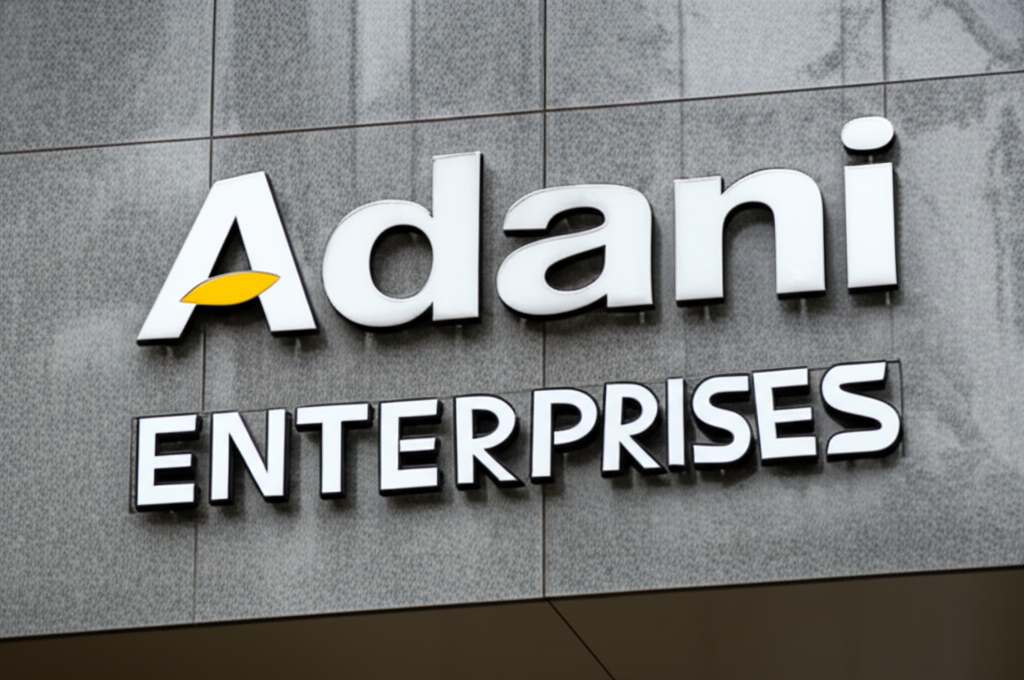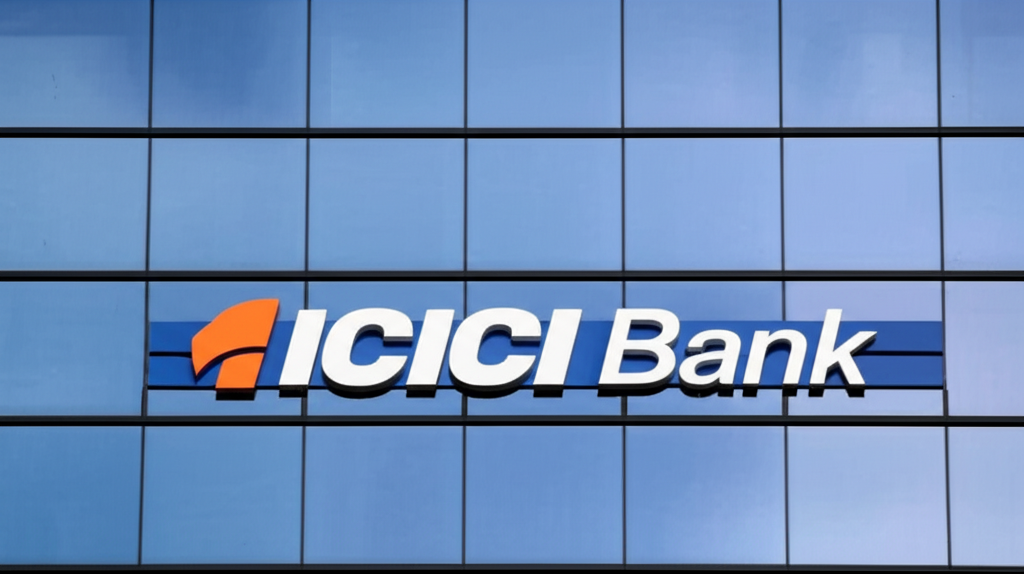Tata Steel’s ₹15,000 Crore Capex Plan: A Deep Dive
Introduction
Tata Steel, a global steel behemoth and a cornerstone of India’s industrial landscape, recently unveiled a significant capital expenditure (CAPEX) plan of ₹15,000 crore (approximately $1.8 billion USD) for fiscal year 2026 (FY26). Crucially, around 80% of this Investment will be channeled into bolstering its Indian operations, signaling a strong commitment to the domestic market and its future growth prospects. This substantial investment underscores Tata Steel’s ambitious expansion strategies and its confidence in India’s burgeoning infrastructure and industrial development. This article delves into the intricacies of this CAPEX plan, examining its implications for the company, the Indian steel sector, and the broader economy. We will analyze the company’s recent financial performance, prevailing market trends, regulatory landscapes, and potential risks associated with this substantial investment.
Recent Financial Performance
To understand the context of Tata Steel’s ₹15,000 crore CAPEX plan, it’s vital to review its recent financial performance. While precise figures require referencing Tata Steel’s official financial statements (available on their investor relations website and stock exchange filings), a general overview is crucial. In recent years, Tata Steel has demonstrated resilience amidst fluctuating global steel prices and economic uncertainties. Profitability has varied depending on factors such as raw material costs (primarily iron ore and coking coal), global demand, and exchange rate fluctuations. Analyzing the company’s revenue growth, profit margins, debt levels, and return on equity (ROE) over the past few quarters provides a benchmark against which the impact of this CAPEX plan can be assessed. A strong balance sheet and consistent profitability would lend credibility to the company’s ability to successfully execute its ambitious investment plans. For detailed financial information, one should refer to Tata Steel’s quarterly and annual reports. [Insert link to Tata Steel Investor Relations website here]
Market Trends and Industry Analysis
The Indian Steel Industry is experiencing a period of significant transformation. India’s robust Economic Growth, fueled by infrastructure development (roads, railways, and urban development), increased industrial activity, and government initiatives such as “Make in India,” are driving strong demand for steel. This growth is not without challenges. The industry is grappling with rising input costs, global price volatility, and increasing environmental regulations. Analyzing the competitive landscape is vital. Tata Steel competes with both domestic and international players, and understanding their market share, strategies, and capacity expansions is essential for evaluating the impact of Tata Steel’s CAPEX plan. Factors like import penetration, government policies promoting domestic steel production, and the increasing adoption of sustainable steelmaking technologies will influence the success of this investment.
Sentiment Analysis of News Headlines
A review of news headlines and media coverage surrounding Tata Steel’s CAPEX announcement reveals largely positive sentiment. Most reports highlight the significance of the investment for India’s steel sector and the company’s long-term growth strategy. However, a nuanced analysis is needed. Some articles might express concerns about the potential risks associated with such a large-scale investment, including execution challenges, cost overruns, and potential shifts in market demand. Monitoring social media and online discussions can also provide insights into public perception and investor sentiment. A comprehensive sentiment analysis using natural language processing (NLP) techniques on a large corpus of news articles and social media posts can provide a more quantitative and objective assessment of the prevailing market sentiment.
Regulatory and Macro-Economic Factors
India’s regulatory environment significantly impacts the steel industry. Government policies related to infrastructure development, environmental regulations (emission norms, waste management), and import/export duties influence the operating costs and profitability of steel companies. Macro-economic factors such as inflation, interest rates, and overall economic growth also play a crucial role. High inflation can increase input costs, while high interest rates can make financing large capital expenditures more expensive. Government initiatives supporting the domestic steel industry, such as preferential access to raw materials or tax benefits, can positively influence Tata Steel’s investment. Conversely, changes in government policies or unexpected economic downturns could pose significant challenges to the company’s plans. A detailed understanding of these factors is essential to assess the long-term viability of this CAPEX strategy.
Risk Factors
While the CAPEX plan presents significant opportunities, various risks must be considered. These include:
- Execution Risk: Successfully completing such a large-scale project on time and within budget presents considerable logistical and managerial challenges.
- Cost Overruns: Unexpected increases in raw material prices, labor costs, or unforeseen technical issues can lead to significant cost overruns.
- Market Risk: Fluctuations in global and domestic steel demand, coupled with increased competition, can affect the returns on this investment.
- Regulatory Risk: Changes in government policies, environmental regulations, or import duties could impact the profitability of the project.
- Geopolitical Risk: Global events and disruptions to supply chains can affect the availability and cost of raw materials.
- Financial Risk: The ability to secure financing at favorable terms is crucial for successful execution. High interest rates or limited access to capital could hinder the project.
Future Outlook
Tata Steel’s ₹15,000 crore CAPEX plan suggests a bullish outlook on the future of the Indian steel industry and the company’s role in it. The focus on Indian operations indicates a strong belief in India’s continued economic growth and industrial expansion. Successful execution of this plan could significantly enhance Tata Steel’s production capacity, market share, and profitability. However, realizing this potential hinges on effectively mitigating the risks outlined above. Factors such as the speed of infrastructure development, the evolution of steel-related technologies (e.g., green steel), and the company’s ability to manage costs and optimize operations will be key determinants of the project’s success. The company’s commitment to sustainable practices and its ability to adapt to the changing regulatory landscape will also play a crucial role in its long-term growth.
Recommendations for Investors
For investors, Tata Steel’s CAPEX plan presents a mixed bag. The long-term potential is significant, but the risks are substantial. A thorough due diligence process is crucial before making any investment decisions. Investors should carefully consider the company’s financial performance, its ability to manage the execution risks associated with the CAPEX plan, and the prevailing market dynamics. Monitoring the company’s progress in executing the plan, analyzing its financial reports, and staying abreast of relevant industry news and regulatory changes are essential for informed investment decisions. Diversification of investment portfolios is always advisable to mitigate potential losses from any single investment. Consulting with a financial advisor can provide personalized guidance tailored to individual risk tolerance and investment goals.
“`















0 Comments